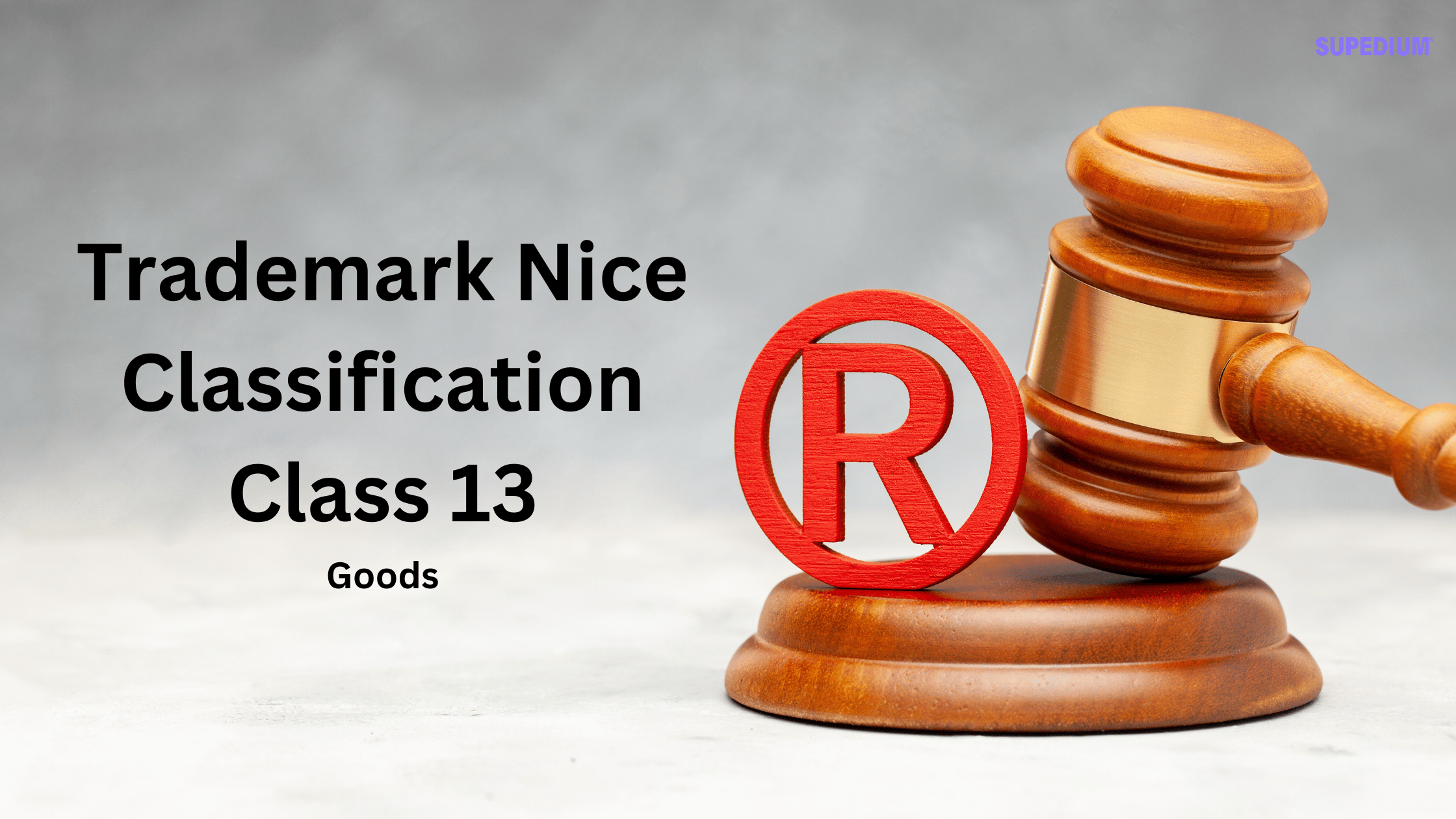Table of Contents
![]()
I. Introduction
The Nice Classification system, established by the Nice Agreement (1957), is a standardized classification of goods and services for the registration of marks. It is crucial for ensuring that trademark applications are categorized correctly, facilitating the examination process and enhancing the clarity of trademark rights. Among the various classes, Class 13 specifically pertains to firearms and pyrotechnic products, making it essential for manufacturers, distributors, and legal professionals in this industry to understand its implications.
II. Overview of Class 13
Class 13 is predominantly focused on firearms and pyrotechnic products. This classification plays a significant role in protecting the intellectual property rights of businesses involved in the manufacturing and sale of such items. Proper classification under this class ensures that trademarks are adequately protected against infringement and misuse, which is vital for maintaining brand integrity and market position.
III. Inclusions in Class 13
A. Firearms
Class 13 encompasses a wide range of firearms. This includes:
- Sporting Firearms: These are firearms designed for competitive shooting, hunting, and other sports. They are integral to recreational activities and must be distinctly classified to differentiate them from other weapons.
- Hunting Firearms: Specifically designed for hunting purposes, these firearms cater to a specialized market and are regulated differently from other types of firearms.
B. Ammunition and Projectiles
Ammunition and projectiles are essential components of firearms. This category includes various types of ammunition, ensuring that products designed for use with firearms are appropriately classified under Class 13.
C. Explosives and Fireworks
Class 13 also covers a range of pyrotechnic products, which can be categorized into:
- Explosives: These materials are designed to produce a controlled explosion, often used in various industrial applications.
- Fireworks: This includes any pyrotechnic products intended for entertainment and display purposes, highlighting the celebratory aspects of explosive materials.
D. Specific Products Listed
The following specific items are explicitly included in Class 13:
- Rescue Flares: These are explosive or pyrotechnic devices used in emergency situations to signal for help.
- Flare Pistols: Designed to launch flares into the air, these pistols are vital for marine safety and rescue operations.
- Personal Defense Sprays: These sprays are intended for self-defense, providing individuals with a means of protection.
- Explosive Fog Signals and Signal Rocket Flares: Used primarily in maritime and aerial navigation to signal locations.
- Air Pistols: Classified as firearms, these are air-powered guns typically used for sport and recreational shooting.
- Bandoliers for Weapons: These are carriers designed to hold ammunition and facilitate quick access to firearms.
IV. Exclusions from Class 13
While Class 13 covers a wide range of products, it is equally important to recognize what is excluded from this classification. Items that do not fall under Class 13 include:
A. Products That Are Not Included
- Grease for Weapons (Cl. 4): These are lubricants used to maintain firearms but do not directly fall under the classification of firearms or ammunition.
- Blades and Side Arms (Cl. 8): These are categorized as melee weapons and are therefore classified differently.
- Non-explosive Fog Signals and Rescue Laser Signalling Flares (Cl. 9): These are signaling devices that do not involve explosive components.
- Accessories Like Telescopic Sights (Cl. 9): Designed to enhance the functionality of firearms but are not classified as firearms themselves.
- Other Excluded Items: This includes flaming torches, Christmas crackers, toy items like percussion caps and toy air pistols, and matches, which are classified under different classes (Cl. 11 and Cl. 28).
V. Importance of Classifying Products Correctly
Correct classification is paramount for several reasons. Firstly, misclassification can lead to legal complications and challenges during trademark registration. If a product is incorrectly classified, it may not receive the necessary protection, leading to potential infringement and loss of market share.
Additionally, accurate classification aids in the identification and differentiation of products in the marketplace. This clarity is essential for consumers and businesses alike, as it helps prevent confusion over similar products and trademarks.
VI. Conclusion
Class 13 of the Nice Classification system plays a vital role in the protection of trademarks related to firearms and pyrotechnic products. By understanding the inclusions and exclusions of this classification, businesses can navigate the trademark registration process more effectively, ensuring their products are adequately protected. The implications of proper classification extend beyond legalities; they also encompass brand integrity and consumer trust in a competitive market.
Share This





Be the first to comment